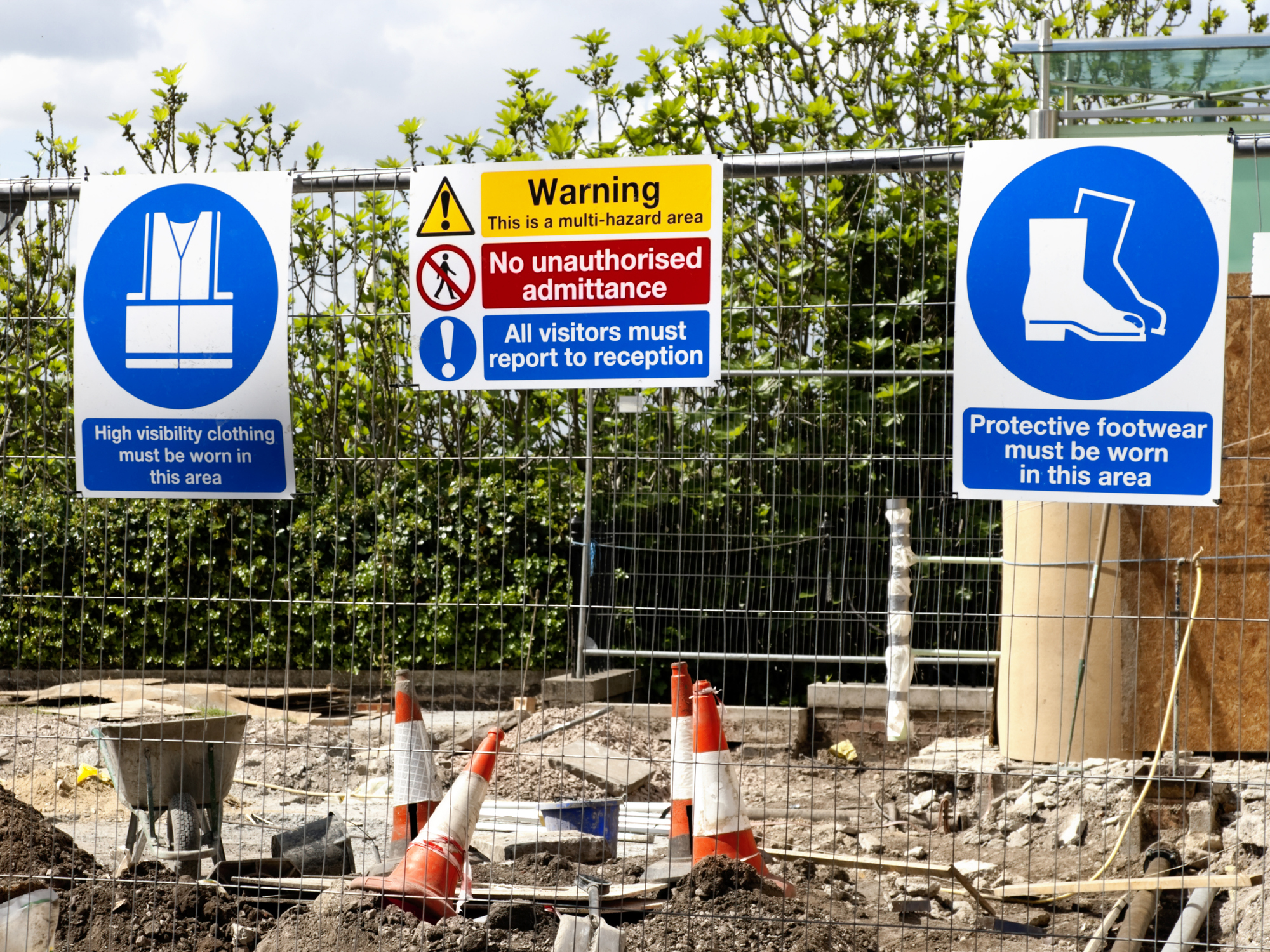
While no one likes working in crawl spaces, attics and other confined spaces, it is necessary to do on nearly every building site. The US Occupational Safety & Health Administration (OSHA) has rules for safety in confined spaces. While these rules are designed to make the work environment safer, they will usher in major changes to the way construction workers do their jobs.
The measures were created to reduce the dangers of operating in confined spaces such as manholes, crawlspaces and tanks where workers face dangerous gases and vapors, difficulty exiting in an emergency, electrocution, asphyxiation and other risks.
Confined spaces are defined by OSHA as a spaces that: “(1) are large enough for an employee to enter, (2) have limited means of entry or exit, and (3) are not designed for continuous occupancy.”
Some of the new requirements include:
- Confined spaces can only be accessed by employees who have been specifically trained in safety procedures and have authorization to do so.
- Each jobsite must be assessed prior to the start of the contract to ensure that the company has the right employees and equipment to deal with confined spaces.
- In the event that a worker must enter a confined space, that space must be tested “with a calibrated direct-reading instrument, for oxygen content, for flammable gases and vapors, and for potential toxic air contaminants, in that order.”
- Construction site managers must issue permits for employees to enter confined spaces.
- In certain conditions, a second worker must be outside of the confined space, monitoring progress and ready to help should issues arise.
Get a comprehensive outline of OSHA’s new policies on their page here. You can also download OSHA Fact Sheet on Confined Spaces in Construction: Crawl Spaces and Attics (pdf) and Standard 29 CFR 1926, Subpart AA―Confined Spaces in Construction (pdf)
Dr. David Michaels: “This rule will save lives of construction workers. Unlike most general industry worksites, construction sites are continually evolving, with the number and characteristics of confined spaces changing as work progresses. This rule emphasizes training, continuous worksite evaluation and communication requirements to further protect workers’ safety and health.”
